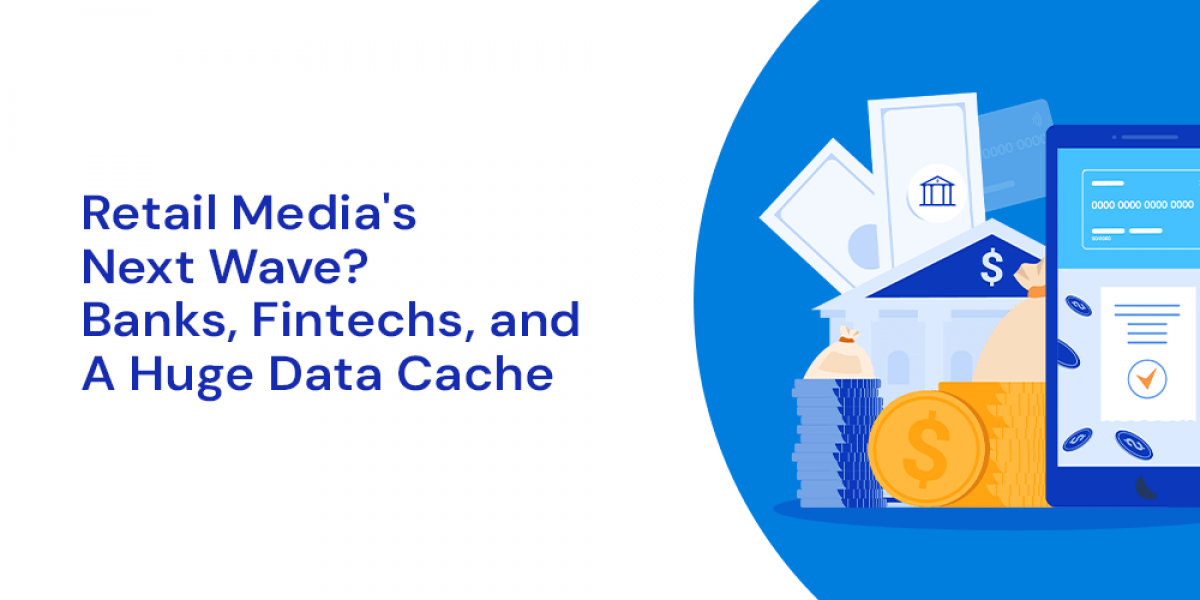Retail media continues to power, with 30% growth predicted this year in the US, a market Madison and Wall analyst Brian Wieser thinks will stand at $51bn in 2024. Some, such as MediaVillage founder Jack Myers, suggest that may be an underestimate.
Amazon’s annual global ad revenues alone are now circa $50 billion (the broader business would likely be loss-making without that ad revenue, give profit for 2023 was $30.4 billion), more networks are springing up and other are expanding their reach.
Much of the forecast growth will come from off-network ad placements. That is, ads placed outside of retailers’ directly owned properties, instead using shopper data to target those buyers on other third party sites.
US analyst Advertiser Perceptions suggests off network retail media spend in the US will this year hit $20bn, a 176% growth rate from an estimated $7.5 billion in 2023. Next year, it forecasts total retail media ad spending in the US market to pass $81.6 billion, representing 23.5% of all digital advertising.
Just as Amazon Prime is now live in key markets with streaming ads, other retailers are inking more partnerships with big networks and CTV players alike – notably Disney and Kroger in the US, for example, and the UK’s biggest supermarket Tesco and biggest commercial broadcaster, ITV.
But the market – like all of digital advertising – is not without its challenges. These may be compounded by a headlong rush for off-network growth.
Buyer's remorse?

Adalytics, which in recent years has been aggressively highlighting questionable practice within the ad supply chain, has lately found that retail media is not immune to made-fore-advertising / made for arbitrage (MFA) i.e. ads being placed on sites with questionable value, high ad loads and budget-draining refresh rates that are usually fed entirely paid traffic.
The advertising analytics firm’s latest dive into MFA found widespread ad placement onto MFA sites via Amazon’s DSP and/or its retail media network. It also found “a few instances” of offsite MFA buys for other retail media networks, with Walgreens and Giant cited as potential incidences. But most of its findings are focused squarely on Amazon.
“Many major brands appear to have their ads placed on MFA sites specifically via retail media networks (also known as RMNs), such as Amazon’s retail media network,” said Adalytics. “Brands such as Hersheys, Bayer, Procter & Gamble, Haleon, S.C. Johnson & Son, Henkel, Unilever, Reckitt, Nestle, Clorox, Colgate, Google, Georgia-Pacific, Kenvue, PepsiCo, Coca-Cola, Mars, Smuckers, and General Mills had ads observed on MFA sites via retail media networks such as Amazon’s.”
The firm’s report highlights a knock-on problem: By flooding MFA sites with ads, but using multi-week attribution periods, retailers can effectively land-grab credit for sales, artificially inflating return on ad spend (ROAS)
Either way, the case study makes positive reading for brands and publishers that have been amassing first party data and getting in into a usable, actionable state.
Such findings “open a can of worms” for parts of the retail media supply chain, according to Jack Myers, a media ecologist with New York-based MediaVillage.
But they also potentially provide upside for RMNs with better safeguards and higher value partnerships in place. Highlighting such practices should heighten incentives for advertisers to implement more sophisticated metrics, such as incremental sales, new customers and the like.
Retailers are actively building out better measurement capability – Coles, one of Australia’s big two supermarkets, last month launched a custom-built measurement platform with global retail data specialist Circana in order to better prove to major brands that their investments are driving genuine growth. The likes of PepsiCo, Nestlé and others have stated such rigour is a key requisite for investing a greater share of their budgets into retail media.
Banks building

Either way, retail media’s growth trajectory does not appear to be slowing – and sectors beyond grocery and CPG are increasingly eyeing retail media-like models.
While airlines, hotels, and credit card providers have long tapped partnerships to amass first party data via loyalty programs, and commercially leverage access to their members to those partners, it appears the broader finance sector is now beginning to ramp-up owned media activity.
Australia’s biggest bank, Commonwealth Bank (Commbank) last year launched its own magazine – self-funded through third party ads sold via a News Corp-owned business unit. But it has also spent years building out third party partnerships and bringing them into its app – often taking stakes in, or acquiring, those third parties – everything from energy companies to ecom marketplaces. It currently partners with circa 75 brands and retailers, which get access to its 8 million banking customers – with partner interactions and transactions then feeding their data troves. Meanwhile, it is using first party data to better target its own paid media activity, for example, suppressing ads to some customers on the open web.
Fintechs are likewise tapping the partnership model, effectively building out media networks that serve as two-way acquisition and retention vehicles for themselves and those third parties while harnessing a pretty much unparalleled pool of transaction data to power retail media-like approaches.
Jonathan Hopkins, a partner at specialist owned media consultancy Sonder, which has worked with AmEx and Mastercard as well as retailers to launch owned and retail media businesses, suggests rapidly growing UK-based fintech Revolut is one to watch as a potential next mover.
“Financial institutions are embracing and observing what’s happening in retail media, and applying similar levels of sophistication and capabilities in-house, ramping up the resource, ramping up the tech stack, and they have customer spend data across every category,” said Hopkins.
“It’s the tip of the iceberg. They are already way ahead of other companies.”


